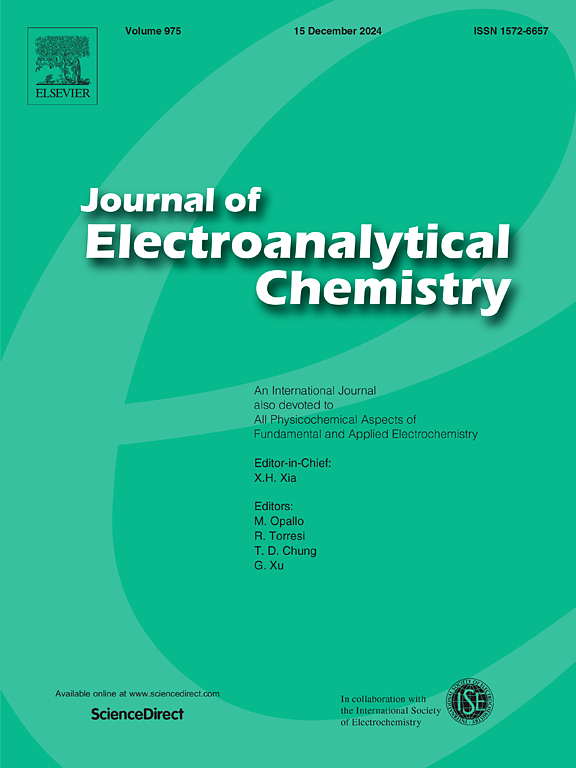Unleashing the electrochemical potential of NaNiFeMnO2 layered oxide cathodes through titanium and copper co-enhancement for sodium ion batteries
IF 4.1
3区 化学
Q1 CHEMISTRY, ANALYTICAL
引用次数: 0
Abstract
Sodium-ion batteries hold a great importance in power storage devices due to affordable price and earth abundancy. However, the complex phase evolution during Na+ ions insertion/extraction severely limits their durability and rate capability, which largely limits their practical applications. Herein, we have successfully synthesized O3-type Na1.05 (Ni0.33Fe0.33Mn0.33)0.83Ti0.05Cu0.12O2 (NaTiCuNFM). It was found that the as-obtained NaTiCuNFM exhibits enhanced rate performance as well as specific discharge capacity of 124.5 mAhg−1 at the rate of 1C with 82 % capacity retention after 200 cycles. Besides, at high current density of 10C, the obtained NaTiCuNFM shows a high initial discharge capacity of 99 mAhg−1 which was significantly higher than that of NaNFM (61 mAh/g). The higher performance of Cu/Ti co-doped NaTiCuNFM was attributed to the enhancement of inter sodium layer spacing resulting an easy migration of sodium ions, which leads to the enhanced Na+ diffusion and rate performance. The co-doping of Cu/Ti has proven to provide a more stable structure. Our obtained results, will open a new window for bi-metals doped cathode materials for practical battery application.
求助全文
约1分钟内获得全文
求助全文
来源期刊
CiteScore
7.80
自引率
6.70%
发文量
912
审稿时长
2.4 months
期刊介绍:
The Journal of Electroanalytical Chemistry is the foremost international journal devoted to the interdisciplinary subject of electrochemistry in all its aspects, theoretical as well as applied.
Electrochemistry is a wide ranging area that is in a state of continuous evolution. Rather than compiling a long list of topics covered by the Journal, the editors would like to draw particular attention to the key issues of novelty, topicality and quality. Papers should present new and interesting electrochemical science in a way that is accessible to the reader. The presentation and discussion should be at a level that is consistent with the international status of the Journal. Reports describing the application of well-established techniques to problems that are essentially technical will not be accepted. Similarly, papers that report observations but fail to provide adequate interpretation will be rejected by the Editors. Papers dealing with technical electrochemistry should be submitted to other specialist journals unless the authors can show that their work provides substantially new insights into electrochemical processes.

 求助内容:
求助内容: 应助结果提醒方式:
应助结果提醒方式:


